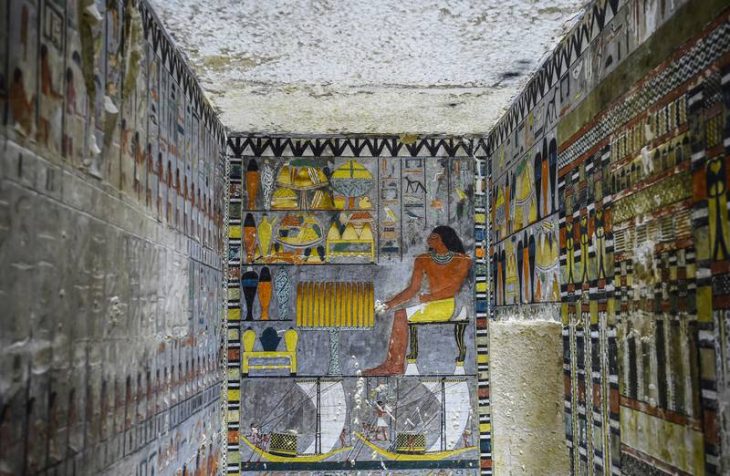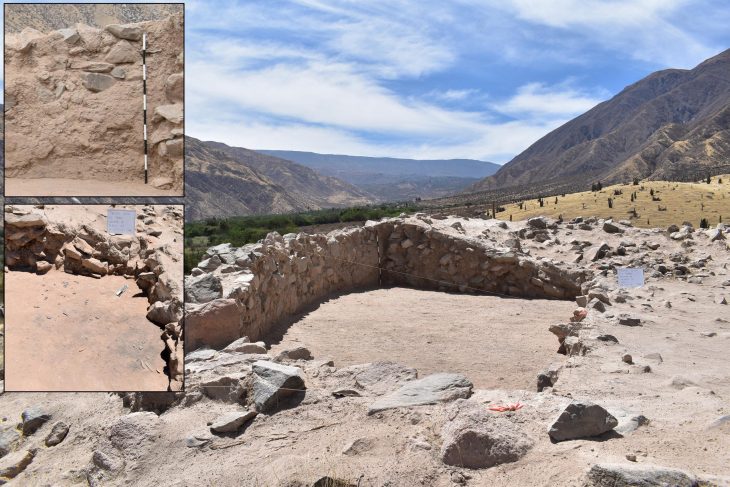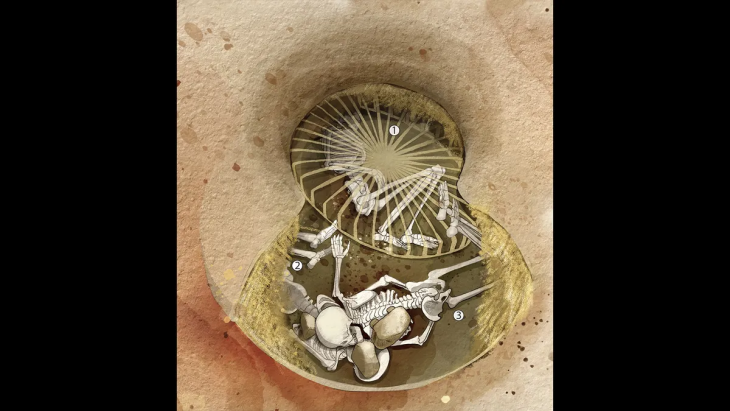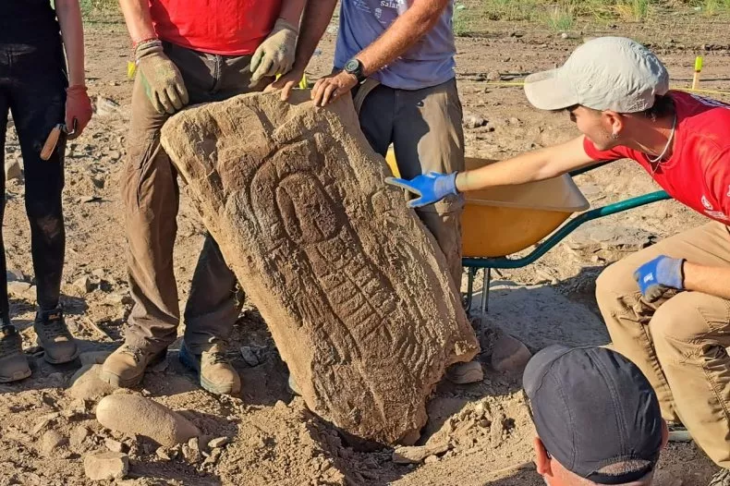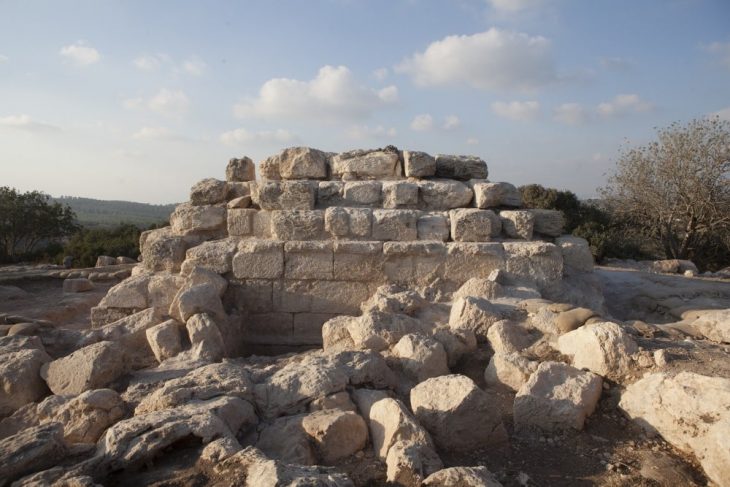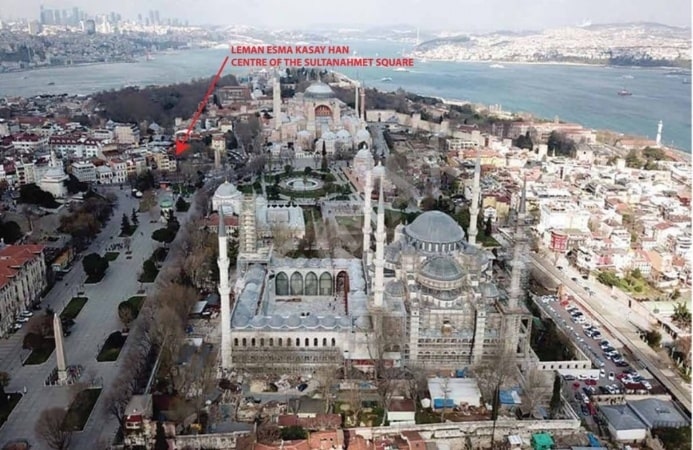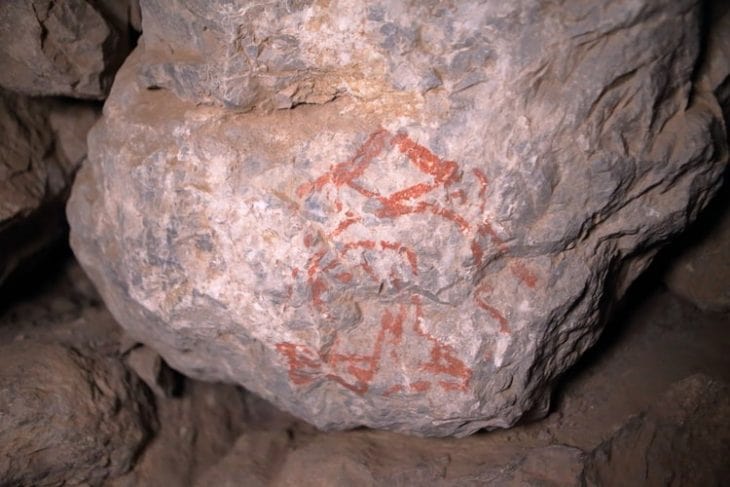Recent excavations at Tappeh Teleneh, in Kermanshah’s Kozran district, revealed approximately four thousand clay seals dating back five thousand years.
“Over 4,000 clay seals dating some 5,000 years have been discovered at Tappeh Teleneh of the Kuzaran region, which was first identified as an archaeological site in 1998,” the provincial tourism chief Dariush Farmani said.
Tappeh Teleneh was later added to Iran’s national heritage list in 2003. At the end of the summer of 2020, an archaeological team headed by Shokoh Khosravi carried out an emergency excavation in Tepeh Tilineh. During this excavation, in addition to pottery fragments, a number of clay animal figurines, counting objects, and a very large collection of clay seals belonging to the early Elamite culture were discovered.
These results suggest that Tiline Hill was an administrative center for organizing economic and exchange affairs in the early Elamite period.
These seals show a new link in the chain of administrative management in central Zagros in the 5th to 2nd millennium BC. The stylistic investigation of the seals, the effect of seals, and the exposed pottery collection revealed that the inhabitants of Tappeh Teleneh had cultural connections and trans-regional interactions with other regions near and far in Iran and Mesopotamia at the end of the 4th millennium BC.
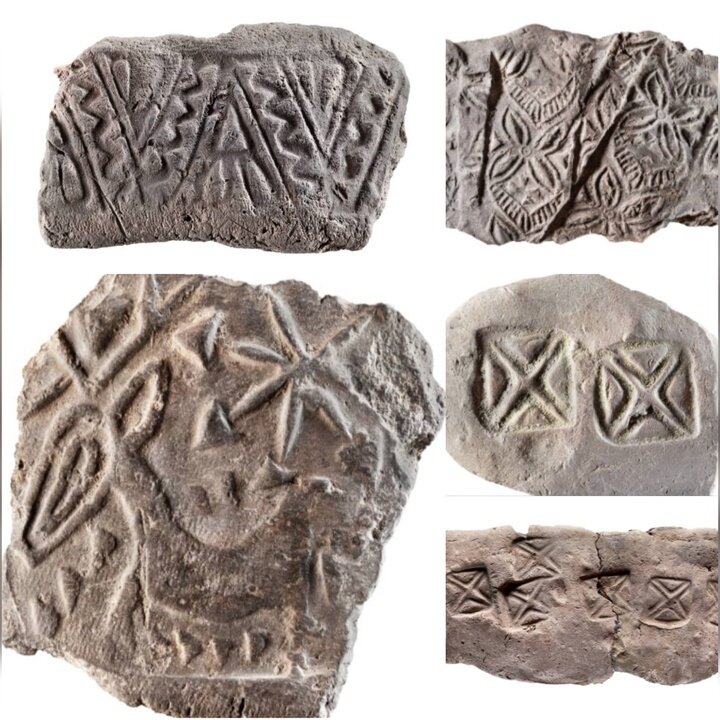
The researchers note that the results obtained in this region, together with the results obtained from the discovery of the Dehswar and Maran regions in Mahidasht, clarify the documents related to the economic and political management developments of several millennia and demonstrate that administrative institutions existed in this region from the 5th millennium BC to the 3rd millennium BC.
Among the discovered items were 447 clay locks for warehouse doors, 2,970 vessel seals, 124 sack seals, and 436 tongue-shaped pieces, featuring about 85 different seal impressions.
This discovery sheds new light on ancient trade practices in western Iran and offers valuable insights into the region’s early administrative and commercial systems.
Another noteworthy find during the excavations was a set of counting objects, dating back to the same period, which suggests the early development of numerical systems—potentially a precursor to written language.
Due to the magnitude and importance of the findings, the department has prioritized conducting additional excavation at the site. Archaeological work is scheduled to begin in the second season, and significant funding has already been secured.
Cover Photo: ISNA





